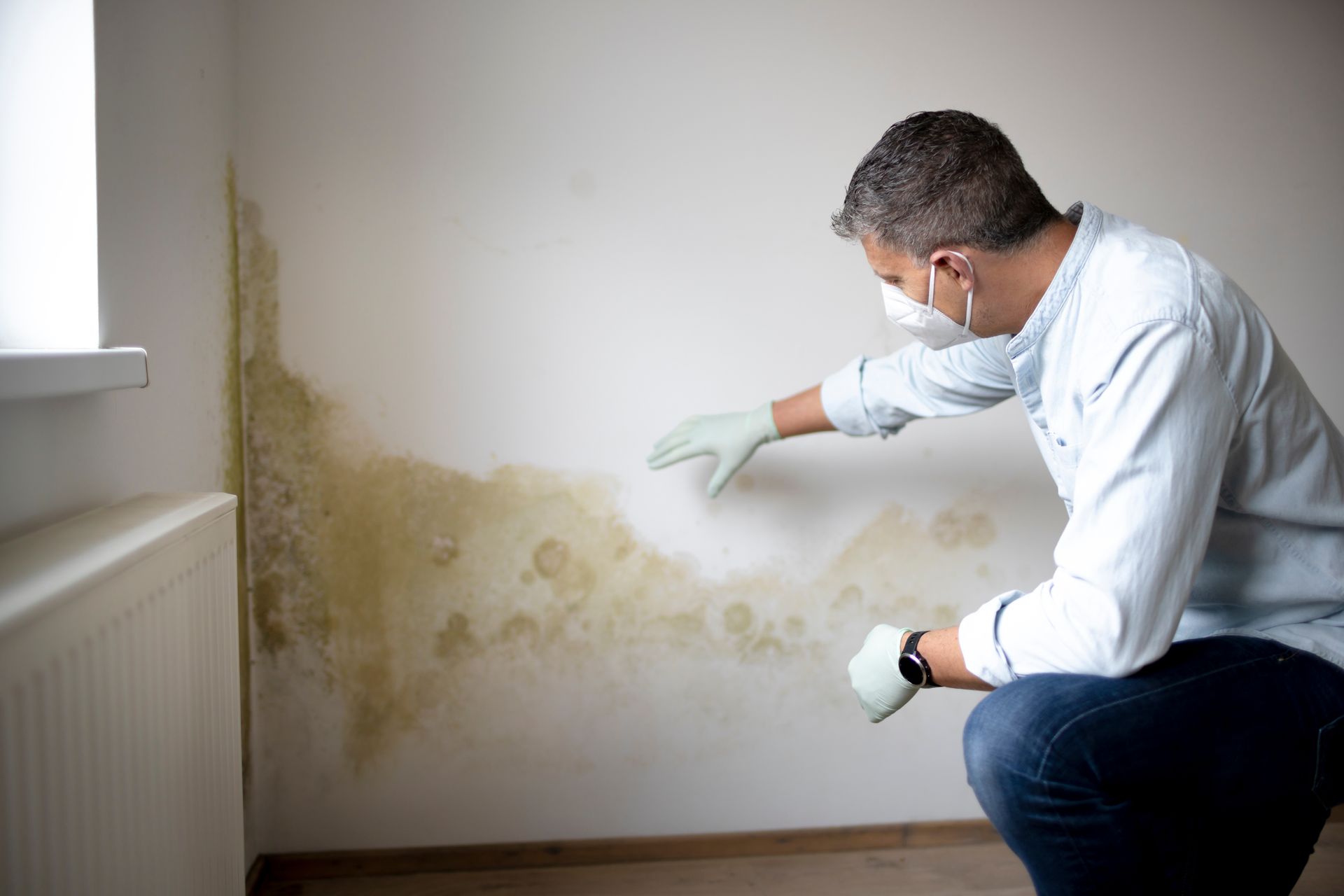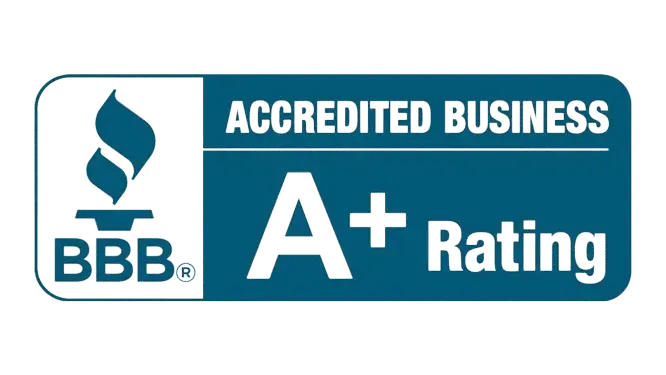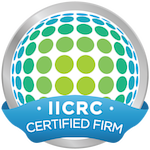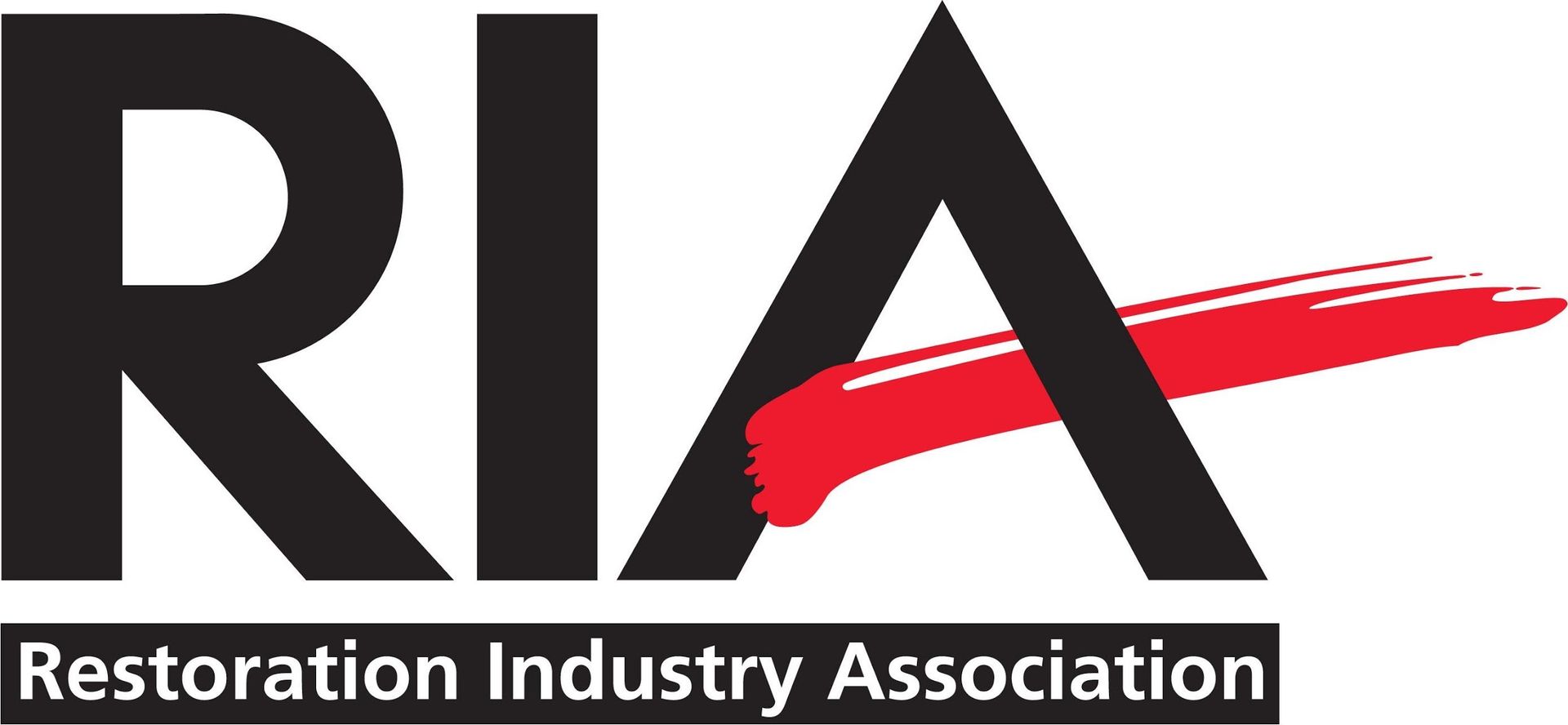Identifying Mold in Your Home: Common Signs and Symptoms
Mold is a common household problem that can pose serious health risks and cause significant damage to your property. Detecting mold early is crucial to preventing its spread and mitigating its impact. This guide will help you identify the common signs and symptoms of mold growth in your home, ensuring you can quickly address the issue.
What is Mold?
Mold is a type of fungus that thrives in damp, humid environments. It reproduces by releasing spores into the air, which can settle on surfaces and grow in favorable conditions. While some molds are harmless, others can produce allergens, irritants, and mycotoxins that can affect your health and damage your home.
Common Signs of Mold Growth
- Visible Mold: The most obvious sign of mold is visible mold growth. Mold can appear in various colors, including black, green, white, or orange, and often has a fuzzy or slimy texture. It typically grows in damp areas such as bathrooms, kitchens, basements, and windows.
- Musty Odor: Mold often produces a distinctive musty or earthy smell. If you notice a persistent musty odor in certain areas of your home, it’s a strong indication that mold may be present, even if you can’t see it.
- Water Damage: Mold thrives in damp environments, so areas that have experienced water damage are particularly susceptible. Look for signs of water damage, such as water stains, discoloration on walls or ceilings, peeling or bubbling paint, and warped or buckling floors.
- Condensation: Frequent condensation on windows, walls, or pipes can create a moist environment conducive to mold growth. Pay attention to areas where condensation is common and check for signs of mold.
- Leaks: Persistent leaks from roofs, pipes, or appliances can lead to mold growth. Regularly inspect your home for leaks and repair them promptly to prevent mold from developing.
- Damp or Humid Areas: Areas with poor ventilation or high humidity levels, such as bathrooms, laundry rooms, and basements, are prime locations for mold growth. Use a hygrometer to monitor humidity levels and keep them below 60% to reduce the risk of mold.
Health Symptoms Associated with Mold
In addition to the visual and olfactory signs of mold, several health symptoms can indicate its presence:
- Allergic Reactions: Mold exposure can trigger allergic reactions in sensitive individuals. Symptoms may include sneezing, runny or stuffy nose, itchy eyes, skin rashes, and throat irritation.
- Respiratory Issues: Mold spores can irritate the respiratory system, leading to coughing, wheezing, shortness of breath, and asthma attacks in people with asthma. Chronic exposure can exacerbate these symptoms.
- Headaches and Fatigue: Some individuals may experience headaches, fatigue, or dizziness after prolonged mold exposure. These symptoms can be subtle but persistent.
- Eye Irritation: Red, itchy, or watery eyes can be a sign of mold exposure, especially if these symptoms worsen when you are in certain areas of your home.
- Sinus Problems: Mold exposure can cause sinus congestion, sinus infections, and chronic sinusitis. If you notice persistent sinus issues, mold could be a contributing factor.
Steps to Take if You Suspect Mold
If you suspect mold in your home, it’s important to take immediate action to address the issue:
- Inspect and Identify: Conduct a thorough inspection of your home, paying close attention to areas prone to moisture. Use a flashlight to check dark corners, under sinks, and behind appliances.
- Control Moisture: Address any sources of moisture, such as leaks or condensation. Use dehumidifiers and improve ventilation to reduce humidity levels.
- Clean Affected Areas: Small areas of mold (less than 10 square feet) can often be cleaned with household cleaners and a scrub brush. Always wear protective gear, such as gloves and a mask, when cleaning mold.
- Professional Assessment: For larger mold infestations or if you experience persistent health symptoms, contact a professional mold remediation company. They have the expertise and equipment to safely and effectively remove mold from your home.
Conclusion
Identifying mold in your home is crucial to maintaining a healthy living environment and preventing property damage. By recognizing the common signs and symptoms of mold growth, you can proactively address the issue and protect your home and health. Early detection and prompt action are key to successfully managing mold in your home. If in doubt, always seek the assistance of a professional to ensure thorough and safe mold remediation.






